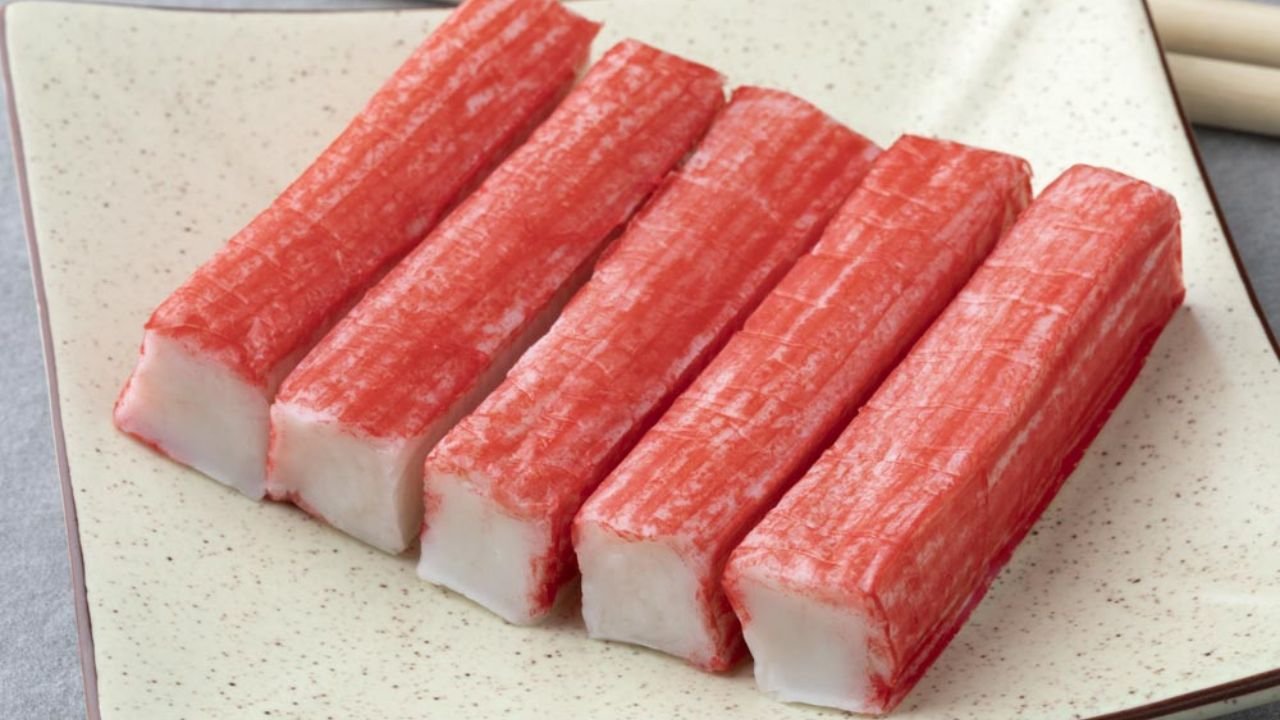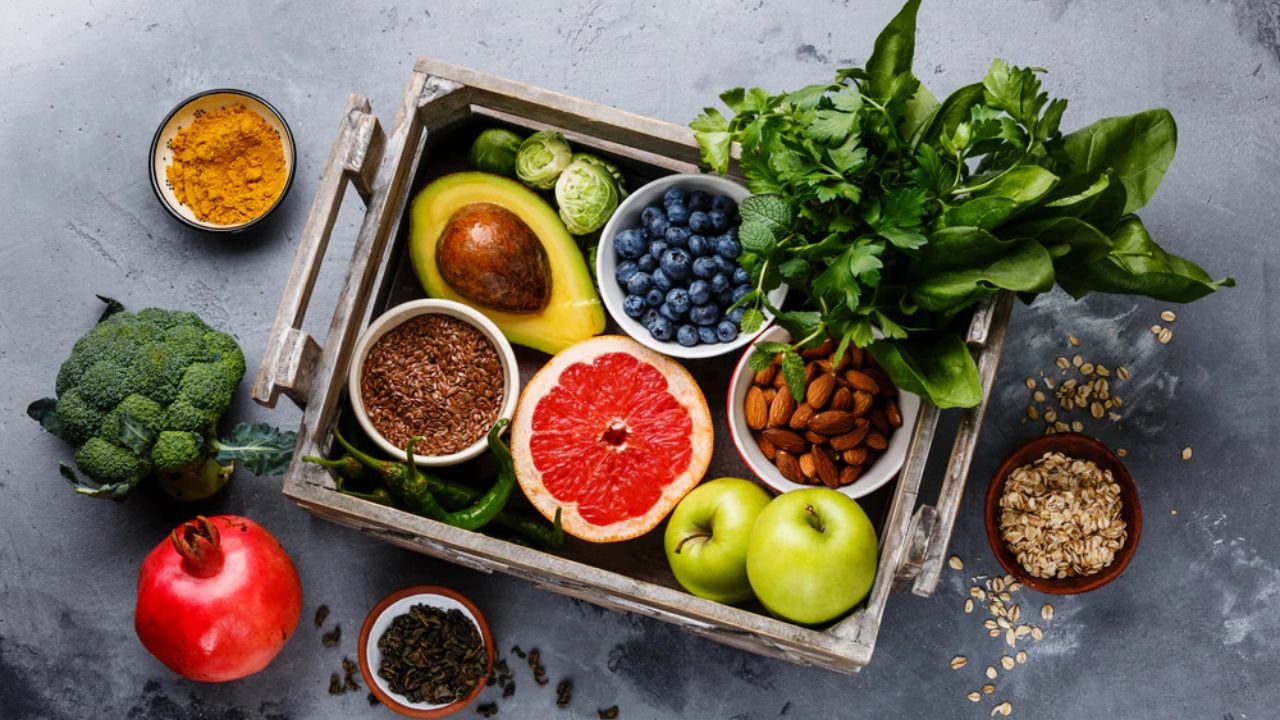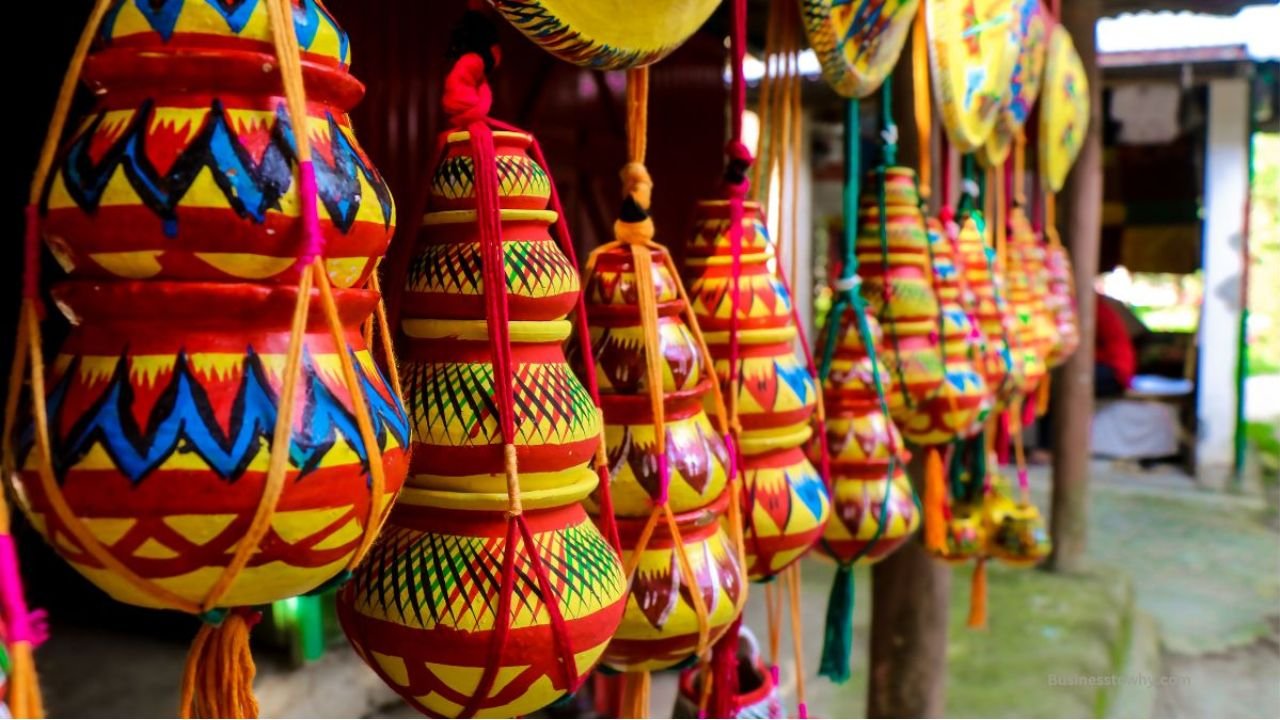If you enjoy sushi or seafood salads, you’ve likely encountered kanikama, also known as imitation crab meat. This unique seafood product has gained global popularity, not only for its taste but also for its versatility in various culinary applications. This article will take you on a fascinating journey into the world of kanikama, exploring its history, composition, nutritional benefits, and much more.
What is Kanikama?
Definition and Origin
Kanikama, also called surimi or imitation crab meat, is a processed seafood product designed to mimic the taste, texture, and appearance of real crab meat. Its name is derived from the Japanese words “kani,” meaning crab, and “kamaboko,” a type of processed fish cake. Unlike real crab meat, kanikama is made primarily from finely ground white fish, typically Alaska pollock, combined with other ingredients to achieve its characteristic flavor and consistency.
Brief History of Kanikama
The origins of kanikama can be traced back to Japan in the early 1970s. Japanese food scientists were searching for innovative ways to utilize surplus fish and developed surimi as a versatile ingredient. The invention of kanikama marked a significant milestone in the evolution of surimi products. By the late 1970s, kanikama had gained widespread popularity in Japan for its ability to replicate the taste of expensive crab meat at a fraction of the cost.
History and Origin
Development in Japan
The development of kanikama began in Japan during a period of economic growth and innovation in the food industry. Researchers focused on creating an affordable and sustainable alternative to real crab meat. In 1973, the Japanese company Sugiyo introduced the first commercial version of kanikama, which quickly became a hit among consumers. The success of Sugiyo’s product spurred other companies to enter the market, leading to further advancements in kanikama production.
The Invention of Kanikama in the 1970s
The invention of kanikama was a collaborative effort that involved various food scientists and companies in Japan. The primary goal was to develop a product that could mimic the taste, texture, and appearance of real crab meat while utilizing abundant and underutilized fish species. Through research and experimentation, these innovators achieved a breakthrough with the creation of kanikama, revolutionizing the seafood industry.
Key Companies Involved in Its Creation and Popularization
Several key companies played pivotal roles in the creation and popularization of kanikama. Sugiyo, Nichirei, and Maruha Nichiro were among the pioneers in developing and marketing this innovative product. Their dedication to quality and continuous improvement contributed to the widespread acceptance of kanikama in Japan and, eventually, around the world.
Global Spread
Introduction to International Markets
Kanikama’s introduction to international markets began in the late 1970s and early 1980s. The product’s affordability, convenience, and resemblance to real crab meat made it an attractive option for consumers outside Japan. Initially, it gained popularity in Asian countries such as South Korea and Taiwan before making its way to North America and Europe.
Popularity in Various Cuisines Around the World
Today, kanikama is a staple ingredient in many cuisines worldwide. In the United States, it is commonly used in sushi rolls, seafood salads, and California rolls. In Europe, it is often found in Mediterranean dishes, adding a touch of seafood flavor. The versatility of kanikama has made it a favorite among chefs and home cooks alike, allowing for creative culinary applications in diverse dishes.
Composition and Production
Ingredients
The main ingredient in kanikama is surimi, a finely ground paste made from white fish, typically Alaska pollock. Other ingredients include starch, egg whites, sugar, salt, and various flavorings to enhance the taste and texture. The combination of these ingredients gives kanikama its distinct crab-like flavor and appearance.
Variations in Ingredients Based on Brands and Regions
While the basic ingredients remain consistent, some variations exist based on brands and regions. Different manufacturers may use specific additives or natural flavors to create unique versions of kanikama. These variations allow consumers to choose products that best suit their preferences and dietary needs.
Production Process
The production of kanikama involves several steps to achieve its final form. First, the white fish is minced into a fine paste and mixed with starch and seasonings. The mixture is then shaped into crab-like sticks or flakes using molds or extrusion processes. After shaping, the kanikama is cooked, often through steaming or boiling, to achieve the desired texture. Finally, the cooked product is coated with a red-dye layer to resemble the appearance of real crab meat.
Technological Advancements in Production
Over the years, technological advancements have improved the efficiency and quality of kanikama production. Automation and precision equipment have streamlined the manufacturing process, ensuring consistent product quality. Additionally, advancements in food science have led to the development of new formulations and techniques, further enhancing the taste and texture of kanikama.
Nutritional Information
Nutritional Value
Kanikama offers several nutritional benefits, making it a popular choice among health-conscious consumers. It is low in calories and fat while providing a good source of protein. A typical serving of kanikama contains around 80-100 calories, with minimal fat content. It also provides essential nutrients such as omega-3 fatty acids, vitamins, and minerals.
Comparison with Real Crab Meat
When comparing kanikama with real crab meat, there are some notable differences in nutritional composition. While real crab meat is higher in certain vitamins and minerals, kanikama offers a lower-calorie and lower-fat alternative. Additionally, kanikama’s affordability makes it an accessible option for those looking to enjoy the taste of crab without the high cost.
Health Benefits and Concerns
Consuming kanikama in moderation can contribute to a balanced diet. The low-calorie content makes it suitable for weight management, and the protein content supports muscle health. However, it’s important to be mindful of sodium levels, as some brands may contain added salt. Reading labels and choosing low-sodium options can help mitigate this concern.
Dietary Considerations
Suitability for Different Diets
Kanikama’s versatility extends to its compatibility with various diets. It is an excellent option for individuals following low-calorie or low-fat diets due to its light nutritional profile. Additionally, kanikama can be incorporated into pescatarian diets, providing a seafood alternative without the need for actual crab meat.
Special Dietary Needs
For those with dietary restrictions, it’s essential to check the ingredient list for potential allergens. While kanikama is generally safe for most people, individuals with seafood allergies should exercise caution. Additionally, those following gluten-free diets should verify that the product is labeled gluten-free, as some versions may contain wheat-based ingredients.
Culinary Uses
In Japanese Cuisine
In Japanese cuisine, kanikama is a beloved ingredient used in various dishes. One of the most popular uses is in sushi rolls, where it adds a delightful crab-like flavor and texture. Kanikama is also commonly found in Japanese salads, tempura, and hot pot dishes. Its versatility allows it to complement a wide range of flavors and preparations.
International Recipes
Beyond Japan, kanikama has found its way into international recipes, adding a touch of seafood goodness to diverse culinary traditions. In the United States, it is a key component of California rolls, a popular sushi variety. In Mediterranean cuisine, kanikama is used in pasta salads and seafood casseroles. The adaptability of kanikama makes it a valuable ingredient in fusion cooking.
Creative Ways to Use Kanikama in Everyday Cooking
Kanikama’s versatility extends to everyday home cooking, allowing for creative and delicious meals. Here are some ideas to get you started:
- Seafood Tacos: Replace traditional seafood with kanikama for a quick and flavorful taco filling.
- Crab Cakes: Use kanikama as a base for making crab cakes, combining it with breadcrumbs, herbs, and spices.
- Seafood Pasta: Add kanikama to pasta dishes for a touch of seafood flavor without the expense of real crab meat.
These simple yet creative recipes showcase the versatility of kanikama in everyday cooking.
Market and Brands
Popular Brands
Several well-known brands dominate the market for kanikama, offering a variety of products to suit different tastes and preferences. Some of the leading brands include:
- Sugiyo: Known for its high-quality kanikama products, Sugiyo is a pioneer in the industry.
- Nichirei: A major player in the seafood market, Nichirei offers a wide range of kanikama options.
- Maruha Nichiro: This company is renowned for its commitment to quality and innovation in kanikama production.
These brands have earned a reputation for delivering consistent and delicious kanikama products.
Market Trends
The market for kanikama continues to evolve, driven by changing consumer preferences and trends. In recent years, there has been a growing demand for healthier and sustainable seafood options, leading to innovations in kanikama production. Additionally, the popularity of Asian cuisine worldwide has contributed to the global acceptance of kanikama as a versatile ingredient.
Health and Safety
Health Benefits
Kanikama offers several potential health benefits when consumed as part of a balanced diet. Its low-calorie and low-fat content make it a suitable option for weight management. Additionally, the protein and omega-3 fatty acids in kanikama support muscle health and overall well-being. Incorporating kanikama into meals can add variety and nutritional value to your diet.
Safety Concerns
While kanikama is generally considered safe for consumption, it’s important to be aware of potential additives and preservatives used in some products. These additives may include artificial flavors, colors, and sodium. To ensure the highest quality, choose reputable brands that prioritize natural ingredients and transparent labeling.
Recommendations for Safe Consumption
To enjoy kanikama safely, consider the following recommendations:
- Read Labels: Check ingredient lists for any potential allergens or additives.
- Moderation: Consume kanikama in moderation as part of a balanced diet.
- Choose Reputable Brands: Opt for well-known brands that prioritize quality and transparency.
By following these guidelines, you can enjoy the delicious taste of kanikama while maintaining a healthy and balanced diet.
You May Also Like: Discovering Deț Cuisine: A Culinary Journey Through Time
Conclusion
Kanikama, with its rich history, versatile uses, and nutritional benefits, has earned its place as a beloved ingredient in kitchens worldwide. From its origins in Japan to its global popularity, kanikama continues to delight food enthusiasts and health-conscious consumers alike. Whether you’re enjoying it in sushi rolls, salads, or innovative recipes, kanikama offers a delightful alternative to real crab meat.
For those looking to explore the world of kanikama further, there are endless possibilities for incorporating this versatile ingredient into your culinary repertoire. And if you’re seeking high-quality kanikama products, be sure to check out reputable brands that prioritize natural ingredients and transparency.
FAQs
What is kanikama made from?
Kanikama is made primarily from surimi, a finely ground paste of white fish, combined with starch, egg whites, and flavorings.
Is kanikama suitable for a low-calorie diet?
Yes, kanikama is low in calories and can be a suitable option for individuals following a low-calorie diet.
Can kanikama be used in gluten-free recipes?
Some brands of kanikama may contain wheat-based ingredients, so it’s important to check labels for gluten-free certification.
What are the health benefits of kanikama?
Kanikama offers low-calorie and low-fat content, making it suitable for weight management. It also provides protein and omega-3 fatty acids.
How can I use kanikama in everyday cooking?
Kanikama can be used in a variety of dishes, including seafood tacos, crab cakes, and seafood pasta, offering a versatile and affordable seafood alternative.










